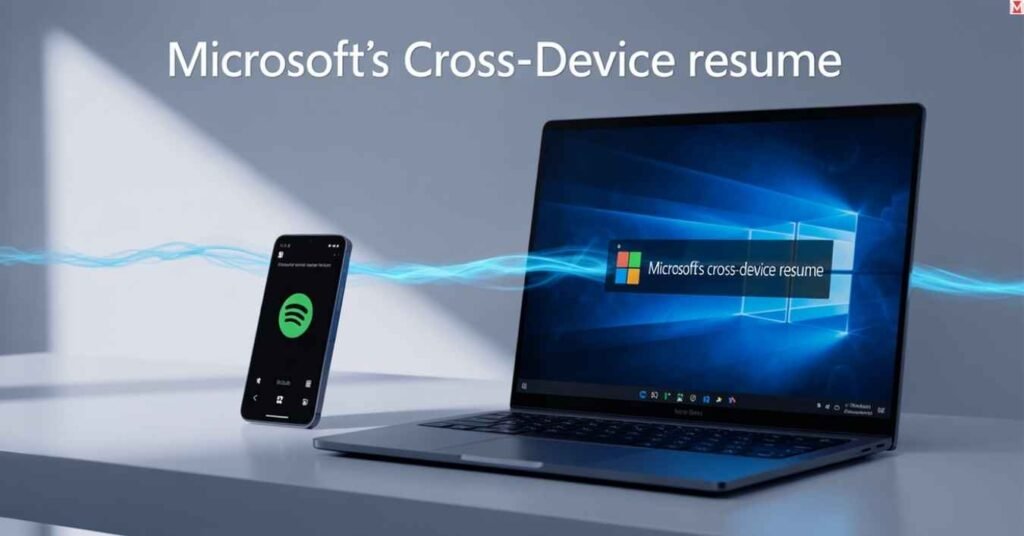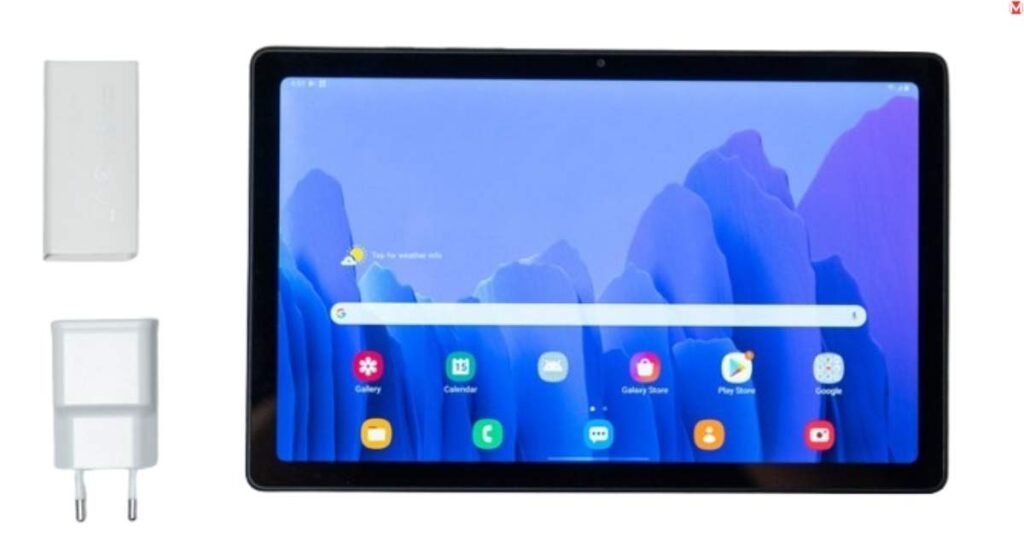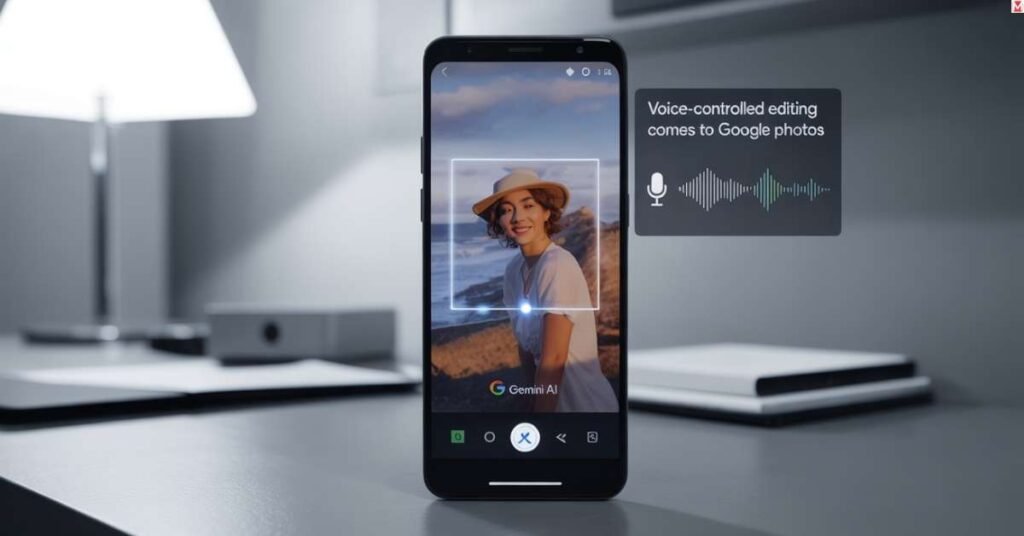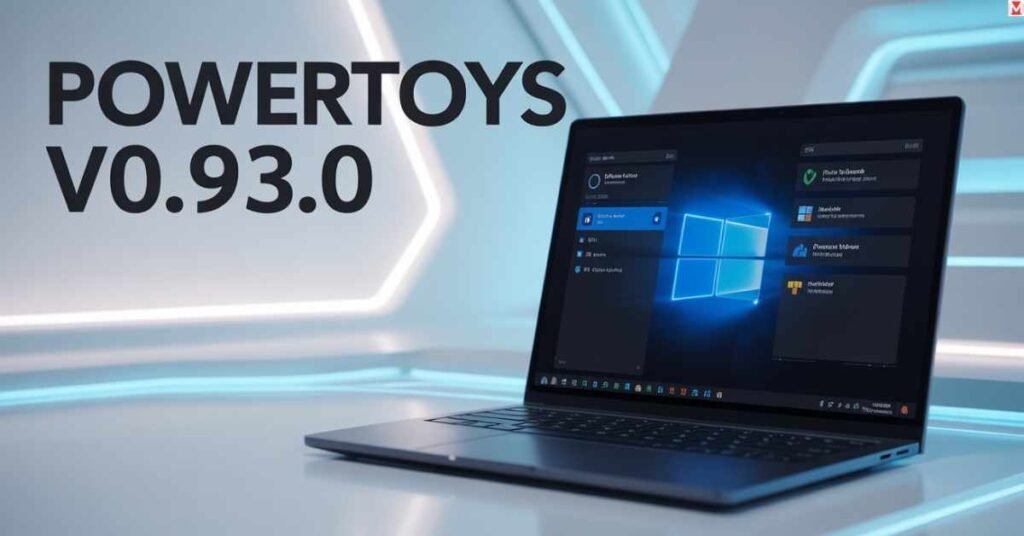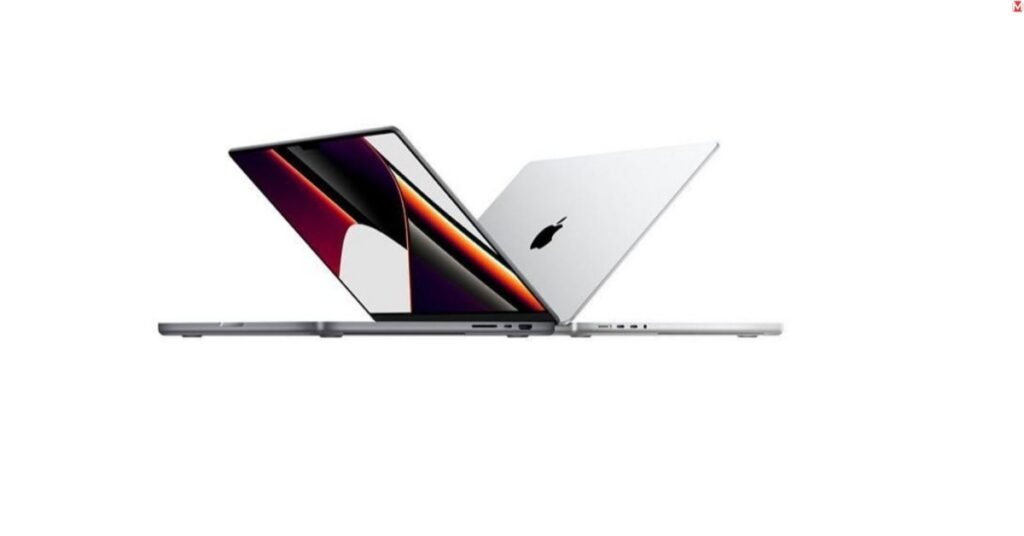AI Agents for Supply Chain Optimization: Production Planning
AI agents for supply chain management are transforming how manufacturers handle production planning. These smart systems solve complex scheduling problems that once took human planners days to figure out. Modern factories face increasing pressure to reduce costs while meeting customer demands faster than ever before. The global supply chain disruptions of recent years have shown us one thing clearly. Traditional planning methods can’t handle today’s volatile markets. Companies lose billions annually due to poor production scheduling and inventory management. Smart AI agents offer a solution. They process vast amounts of data in real-time, optimize resources automatically, and adapt to changing conditions without human intervention. The Production Planning Crisis Manufacturing companies struggle with a $50 billion inefficiency problem annually. Poor production planning creates waste, delays, and frustrated customers. Traditional methods rely on spreadsheets and human intuition, which can’t process the complexity of modern supply networks. READ ALSO: The Definitive Guide to Microsoft’s Cross-Device Resume: How to Seamlessly Continue Android Apps on Windows 11 Consider these sobering statistics: 73% of manufacturers experience stockouts monthly Average holding costs consume 20-30% of inventory value annually Setup costs can account for up to 15% of total production expenses Manual planning takes 3-5 days for complex schedules Supply chain optimization through artificial intelligence addresses these challenges head-on. AI agents analyze thousands of variables simultaneously, something impossible for human planners. AI Agents Equipped with Tools Modern AI systems come packed with sophisticated tools that revolutionize production planning. These aren’t simple software programs. They’re autonomous agents capable of making complex decisions independently. Essential Tool Arsenal AI agents for supply chain optimization rely on four critical tool categories: Real-time Data Connectors: These tools link directly to ERP systems, IoT sensors, and market feeds. They gather information from multiple sources continuously, ensuring decisions use the latest data available. Predictive Analytics Engines: Advanced algorithms forecast demand patterns and capacity requirements. They analyze historical trends, seasonal variations, and market conditions to predict future needs accurately. Optimisation Algorithm: Mathematical models solve complex scheduling problems. Linear programming, genetic algorithms, and reinforcement learning techniques find optimal solutions among millions of possibilities. Communication Interfaces: Email processors, API handlers, and dashboard generators ensure seamless information flow. These tools translate complex data into actionable insights for different stakeholders. Integration Capabilities AI-powered workflow systems integrate seamlessly with existing infrastructure. They connect to legacy systems through APIs and web services, ensuring smooth data exchange without disrupting current operations. Integration Type Compatibility Implementation Time ERP Systems SAP, Oracle, Microsoft 2-4 weeks Manufacturing Execution Wonderware, GE Digital 1-3 weeks Warehouse Management Manhattan, JDA 2-3 weeks IoT Platforms AWS IoT, Azure IoT 1-2 weeks READ ALSO: Notion Without Wi-Fi? Here’s How the New Offline Feature Changes Everything AI Workflow: Automated Email Reply System Production planning often involves countless emails between planners, suppliers, and managers. AI agents streamline this communication through intelligent automation. The automated email system recognizes production requests, extracts relevant information, and generates optimal responses. This eliminates delays caused by manual processing and reduces human error significantly. Business Context Setup Manufacturing environments generate hundreds of planning-related emails daily. Purchase requests, schedule changes, and capacity updates flood planners’ inboxes. AI agents for supply chain management filter, prioritize, and respond to these communications automatically. Response times improve dramatically. Where human planners might take hours or days to respond, AI systems provide answers within minutes. This speed advantage translates directly into competitive benefits. Step 1: Collect Email and Download the Attachment Machine learning agents excel at parsing complex email content and extracting meaningful information from attachments. This first step forms the foundation of intelligent production planning. Email Processing Intelligence AI agents use natural language understanding to interpret production requests accurately. They identify key information like: Product quantities and specifications Delivery dates and priorities Special requirements or constraints Supplier capabilities and limitations The system classifies emails by urgency and routes them appropriately. Critical production issues receive immediate attention, while routine updates follow standard processing workflows. READ ALSO: Major Tablet Brand Breaks Tradition: Android-Powered Model Coming in 2026 Attachment Handling Sophistication Manufacturing emails often include Excel files, PDFs, and CSV documents containing crucial demand forecasts and specifications. AI-powered workflow systems process these attachments automatically: Excel Processing: Extracts data from complex spreadsheets with multiple tabs and formulas PDF Analysis: Uses OCR technology to read scanned documents and technical drawings CSV Integration: Imports large datasets directly into optimization algorithms Format Validation: Ensures data integrity and completeness before processing Data Preprocessing Pipeline Raw data requires cleaning and standardization before optimization algorithm can process it effectively. AI agents handle missing values, detect outliers, and format information consistently. This preprocessing step is crucial. Poor data quality leads to suboptimal decisions and planning errors. Smart systems validate information against historical patterns and flag inconsistencies for review. Step 2: Generating the Optimal Production Plan This step represents the core value of AI agents for supply chain optimization. Complex algorithms analyze constraints, objectives, and trade-offs to create an optimal master production schedule. Multi-Objective Optimization Framework Production planning involves balancing competing objectives simultaneously. AI systems optimize multiple factors: Cost Minimization: Algorithms reduce production costs by optimizing material usage, minimizing waste, and scheduling efficiently. They consider setup costs, labor expenses, and overhead allocation. Delivery Performance: Systems prioritize orders to maximize on-time delivery rates. They balance customer requirements with available capacity and resources. Resource Utilization: AI agents maximize equipment efficiency while preventing bottlenecks. They schedule maintenance windows and balance workloads across production lines. Quality Metrics: Algorithms factor in defect rates, rework costs, and quality control requirements when creating schedules. READ ALSO: Blackview Active 12 Pro 5G Tablet with Built-In Projector: Ultimate Drop-Proof Rugged Device Advanced Planning Algorithms Supply chain optimisation relies on sophisticated mathematical models that solve complex scheduling problems. These optimisation algorithm consider hundreds of constraints simultaneously: Algorithm Type Best Use Case Processing Time Linear Programming Resource allocation Minutes Genetic Algorithms Complex scheduling 10-30 minutes Reinforcement Learning Dynamic optimization Real-time Mixed Integer Programming Facility planning Hours AI agents select the most appropriate algorithm based on problem complexity and time constraints. Simple scheduling tasks use fast linear
AI Agents for Supply Chain Optimization: Production Planning Read More »

